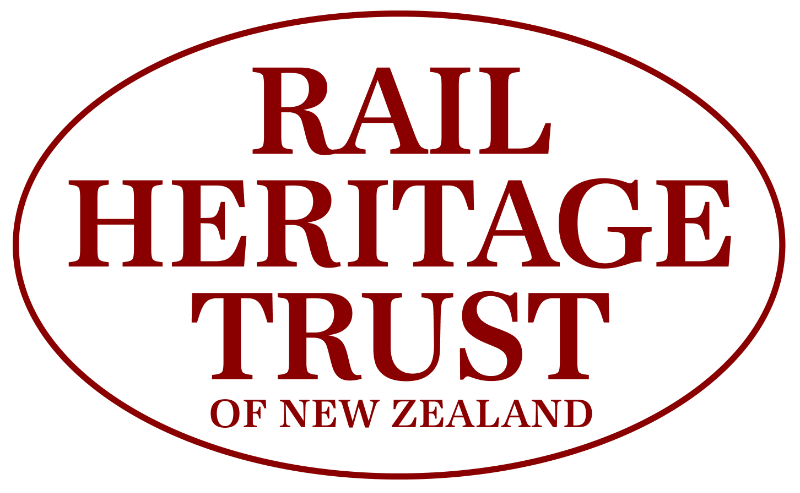New Zealand Heritage Railway Workshops
Specialist Workshops to Maintain Locomotives, Rolling Stock and Track Machinery:
New Zealand Railways have a proud record of steam locomotive design and construction
The specialist needs of railways have always called for specialist workshops to construct and maintain locomotives, rolling stock and other railway equipment. In larger countries such as the USA, independently-owned plants were established to supply various railway systems. In many countries railway systems established their own workshops. New Zealand fitted the latter pattern.
1863 : First Workshops Established in Christchurch
The first workshops were established in 1863 in Christchurch, and other major shops were built in the 1870s. These became increasingly inadequate in the early years of the 20th century, and in the 1920s new workshops were built at Otahuhu (Auckland) and Woburn (Lower Hutt), replacing plants at Newmarket and Petone respectively. Addington (Christchurch) and Hillside (Dunedin) were partly modernised. Along with East Town (Wanganui) and smaller plants at Napier, Westport, Greymouth and Invercargill they provided large-scale support for railway locomotive and rolling stock operations until the 1980s.
1980s : Workshops Reduced Throughout New Zealand Due to New Management and Improved Technology
In that decade the major changes that affected both the country and the railway system saw workshops activity sharply diminish – a result of different management, contracting-out, and improved rolling stock design and technology. By 1993 only Hutt and Hillside remained, with much reduced staff, plus servicing depots at key points around the country.
New Zealand’s Railway Workshops Played a Significant Role in the Country’s Social and Engineering History
Through well-founded apprenticeship schemes they trained many people to high standards in a wide range of trades, with heavy and specialist equipment and machinery. While the skills were essentially railway-orientated, other work could be and was handled, especially during World War II. Railways in New Zealand have a proud record of steam locomotive design and construction, and were well-equipped to handle this very specialist craft.
While it is not practicable to preserve a workshop for heritage purposes there are reasonable photographic records, and a good range of the locomotives and wagons built by Railways is preserved at various museums around the country. Detailed historical research into the industrial history of Hillside Workshops is being carried out at Otago University, and other projects have covered some of the other workshops.
Way and Works : Construction and Maintenance of Track Machinery
While Mechanical Branch workshops’ construction and maintenance of locomotives and rolling stock were dominant in the railway support structure, there were other workshops of real significance to the operating network. Way and Works, the former civil engineering branch, had a major plant at Aramoho (Wanganui) until the late 1980s and a smaller unit at Addington (Christchurch). These plants concentrated on maintenance of track machinery, ranging from small portable plant to large tampers and ballast cleaning plant, as well as earthmoving machinery.
Specialist Equipment Used in Bridge Construction and Maintenance was Maintained by Highly-Skilled Staff
In maintenance depots around the country there was a comparable range of skills available, including depots where major work was carried out on signalling equipment. A major signal fabrication workshop, where Railways-designed equipment was built before being erected on the eventual site, was based at Kaiwharawhara (Wellington) until mid 1993, when the function was transferred to a plant at the former Hutt Workshops, then known as Transtec Hutt.
Workshop Register
There are no items of the type workshop in the register.
